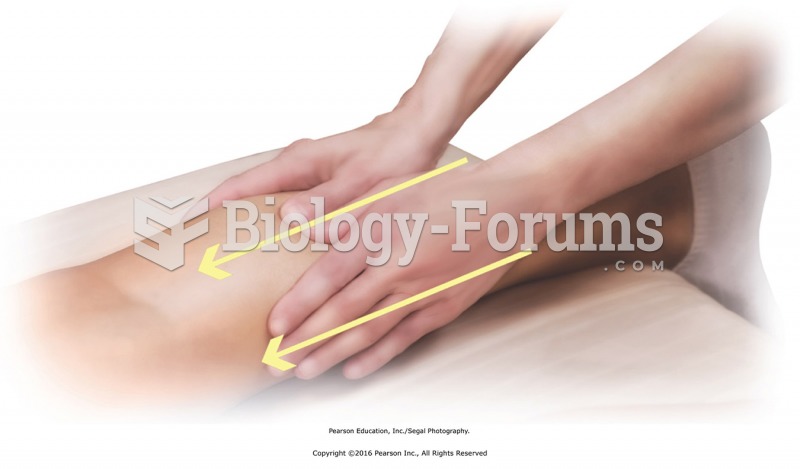|
|
|
The eye muscles are the most active muscles in the whole body. The external muscles that move the eyes are the strongest muscles in the human body for the job they have to do. They are 100 times more powerful than they need to be.
Anti-aging claims should not ever be believed. There is no supplement, medication, or any other substance that has been proven to slow or stop the aging process.
It is widely believed that giving a daily oral dose of aspirin to heart attack patients improves their chances of survival because the aspirin blocks the formation of new blood clots.
The average office desk has 400 times more bacteria on it than a toilet.
There are immediate benefits of chiropractic adjustments that are visible via magnetic resonance imaging (MRI). It shows that spinal manipulation therapy is effective in decreasing pain and increasing the gaps between the vertebrae, reducing pressure that leads to pain.
 Although the Democrats and the Republicans represent slightly different slices of the center, those ...
Although the Democrats and the Republicans represent slightly different slices of the center, those ...
 Return of oxygenated blood to the heart and entry into the aorta (red = oxygenated blood, blue = ...
Return of oxygenated blood to the heart and entry into the aorta (red = oxygenated blood, blue = ...





